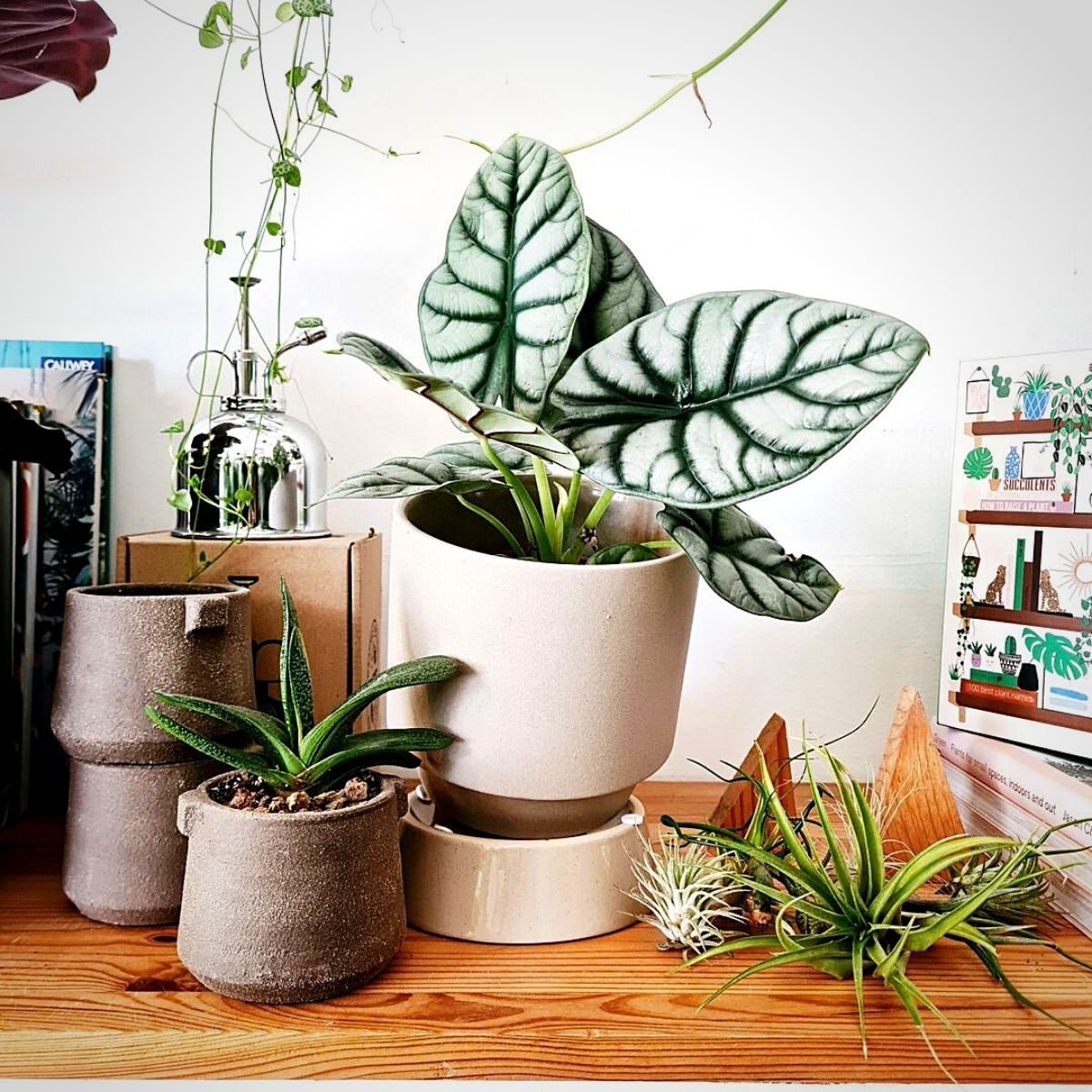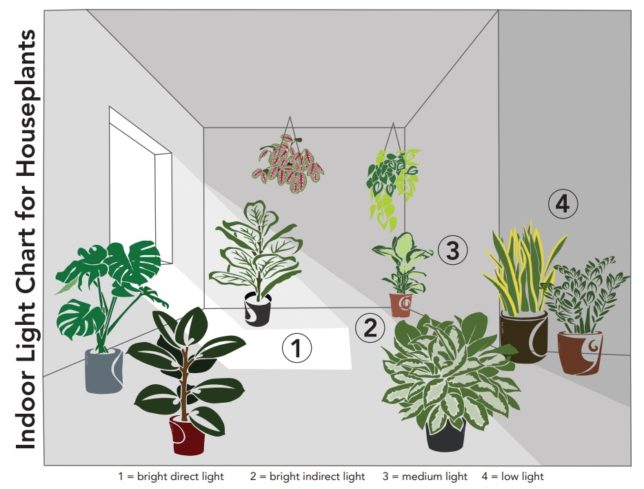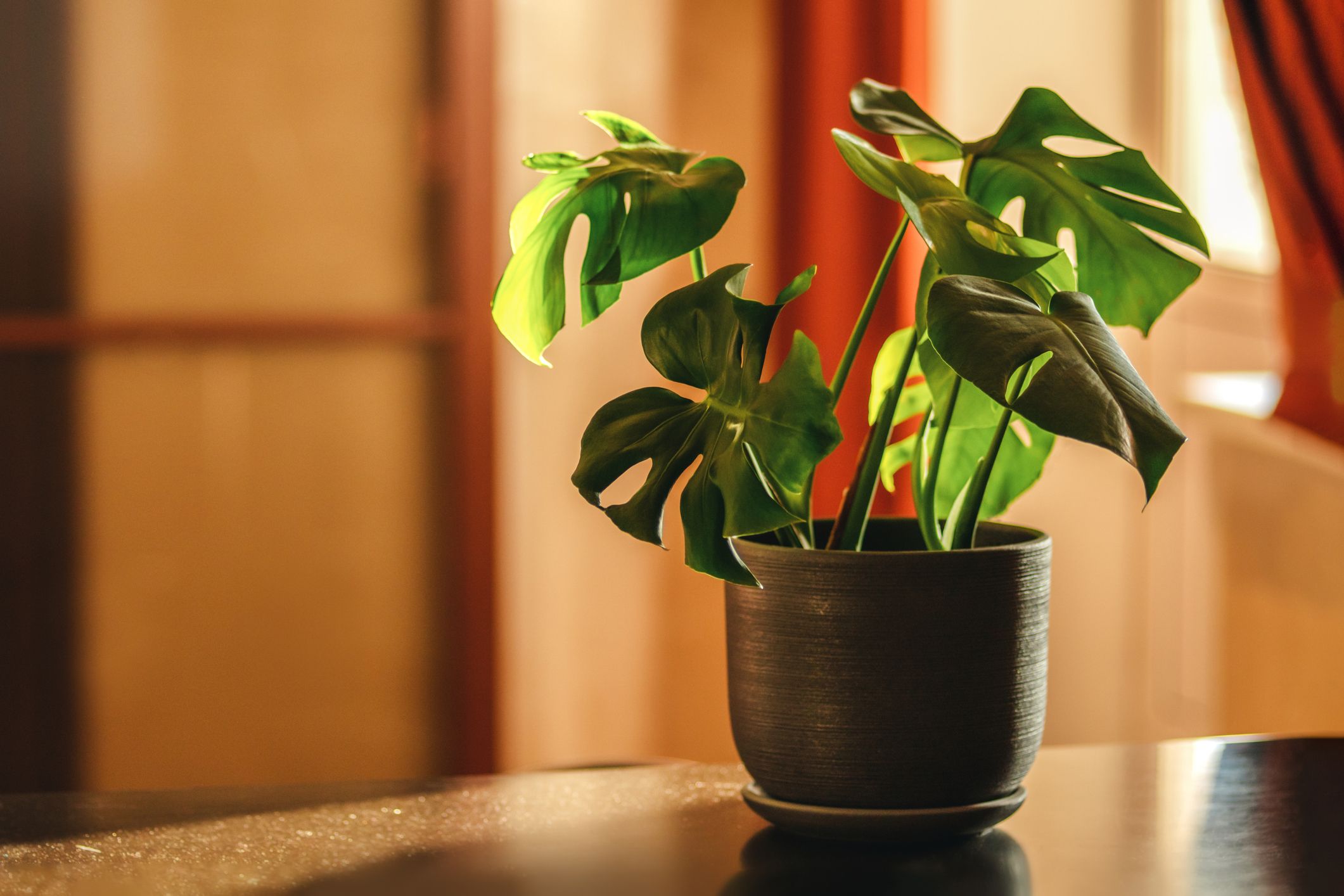A Guide to the Best Low-Light Indoor Plants for Small Spaces
A Guide to the Best Low-Light Indoor Plants for Small Spaces
Blog Article
Transform Your Home With Beautiful Low-Light Indoor Plants and Their Benefits
Including low-light indoor plants right into your home can significantly enhance both the visual and ecological top quality of your space. These plants, which thrive in dim conditions, serve not only as attractive elements however also as all-natural air cleansers, making them ideal for city residents or those with minimal sunlight direct exposure. As we discover the different kinds of low-light plants and their advantages, you may discover surprising methods to integrate them into your home that can change your surroundings in methods you could not have actually expected.
Advantages of Low-Light Plants
Low-light plants supply many benefits for indoor settings, making them an excellent selection for both amateur and experienced garden enthusiasts. One of the primary benefits is their flexibility to low-light problems, allowing individuals to boost their home without the need for substantial sunlight direct exposure. This characteristic makes them suitable for apartment or condos, offices, and other locations with minimal all-natural light.

Furthermore, integrating low-light plants into home design can raise the visual allure of an area. Their lavish vegetation and varied appearances produce a calming environment, adding to total well-being. The existence of greenery has actually been connected to minimized stress degrees and improved efficiency, making low-light plants a useful option for boosting both physical and mental health and wellness in interior setups.
Leading Low-Light Indoor Plants
While several interior plants grow in brilliant light, a number of types are specifically well-suited for low-light problems, making them perfect for numerous indoor areas. One popular option is the Serpent Plant (Sansevieria), understood for its striking upright fallen leaves and strength, requiring minimal treatment. An additional superb choice is the Pothos (Epipremnum aureum), which includes heart-shaped leaves and can route perfectly from hangers or racks, growing in reduced light and including a lavish touch.
The ZZ Plant (Zamioculcas zamiifolia) is celebrated for its shiny fallen leaves and capability to withstand overlook, making it best for hectic way of lives. Likewise, the Tranquility Lily (Spathiphyllum) not only endures reduced light yet likewise creates stunning white blooms, improving any area's visual.
For a distinct touch, think about the Cast Iron Plant (Aspidistra elatior), which certainly lives up to its name, growing in the darkest edges of your home. The Chinese Evergreen (Aglaonema) provides a variety of fallen leave patterns and colors while being exceptionally flexible in low-light problems. These plants not just beautify indoor settings yet also add to air filtration, improving your space.
Care Tips for Low-Light Plants

Watering techniques are critical; these plants typically like somewhat dry conditions. Overwatering can lead to root rot, so make certain that the leading inch of dirt is completely dry before sprinkling once more. Usage pots with drain openings to enable excess wetness to escape.
Moisture is an additional vital factor. Several low-light plants, such as ferns and peace lilies, gain from greater moisture degrees. To raise humidity, think about misting the fallen leaves or placing a tray of water near the plants.
Fertilizing should be come close to with caution. Throughout the expanding season, utilize a thinned down, balanced liquid fertilizer on a monthly basis to support development, but prevent feeding throughout the dormant winter season months.

Creative Ways to Present Plants
Indoor plants can act as captivating centerpieces in any room, improving both link visual allure and ambiance. Creative screens can boost the aesthetic influence of low-light plants, making them an integral component of your home decor. One reliable method is to use tiered plant stands, which allow you my blog to display multiple plants at differing heights while taking full advantage of flooring area.
Hanging planters are one more innovative choice, producing a sense of deepness and drawing the eye up. Take into consideration macramé hangers or wall-mounted shelves to introduce a distinct appearance and style.
For an extra structured technique, usage geometric terrariums or glass containers to house your plants, including a modern-day touch to your indoor garden. You can also repurpose classic things, such as teacups or wooden crates, for an eclectic screen that reflects your personality.
Enhancing Home Setting With Plants
Incorporating low-light plants right into your home not only improves aesthetic allure but also adds significantly to the total setting. These plants offer as natural design elements, introducing a sense of peace that can change any type of room. The visibility of greenery cultivates a calming atmosphere, which is particularly valuable in high-stress environments such as home workplaces or living areas.
Low-light plants, such as serpent plants, pothos, and ZZ plants, are not just cosmetically pleasing yet also boost indoor air quality by filtering system pollutants. This double function improves the ambiance additionally, developing a much healthier space (Best low-light indoor plants). The calculated positioning of these plants can also affect the perception of room; as an example, tall plants can attract the eye upward, making ceilings show up greater and areas much more large
Additionally, differing textures and shades of foliage include depth to indoor style, permitting imaginative expression in home styling. Whether positioned on shelves, in corners, or as centerpieces, low-light plants can boost the state of mind of any type of space. In recap, integrating these plants into your home is a reliable method to cultivate a cozy, welcoming environment while profiting of improved air top quality and visual flexibility.
Conclusion
Integrating low-light interior plants into home atmospheres supplies many benefits, including improved visual charm and boosted air quality. These durable plants, such as the Snake Plant and Tranquility Lily, require marginal light and maintenance, making them suitable for diverse lifestyles. Their ability to filter contaminants adds to a healthier living area, while their varied appearances and colors improve indoor decoration (Best low-light indoor plants). Eventually, the addition of low-light plants fosters a tranquil and inviting ambiance, changing any home right into a serene sanctuary.
While several indoor plants grow in learn this here now brilliant light, numerous types are especially fit for low-light conditions, making them perfect for numerous indoor spaces. One efficient approach is to utilize tiered plant stands, which allow you to display multiple plants at differing elevations while taking full advantage of flooring room.
Low-light plants, such as serpent plants, pothos, and ZZ plants, are not just visually pleasing however also improve indoor air high quality by filtering system pollutants. Best low-light indoor plants. The critical placement of these plants can additionally affect the assumption of space; for instance, tall plants can draw the eye upward, making ceilings appear greater and spaces extra spacious
These resilient plants, such as the Serpent Plant and Tranquility Lily, need very little light and maintenance, making them appropriate for diverse way of livings.
Report this page